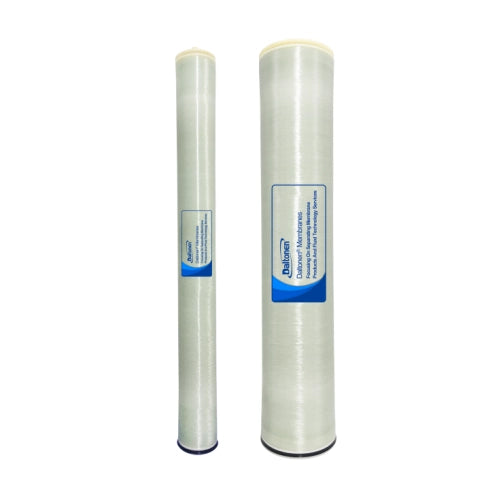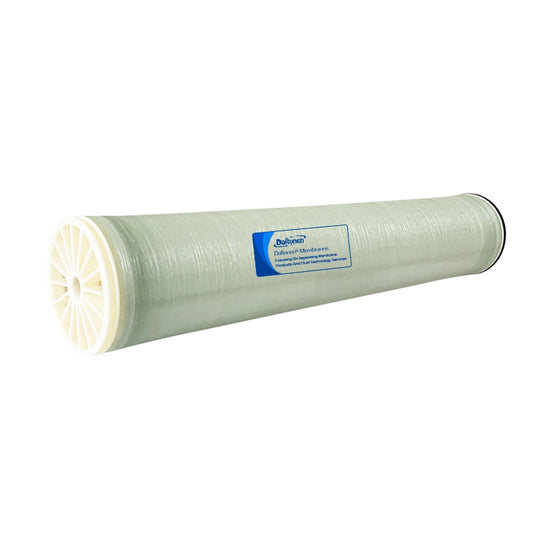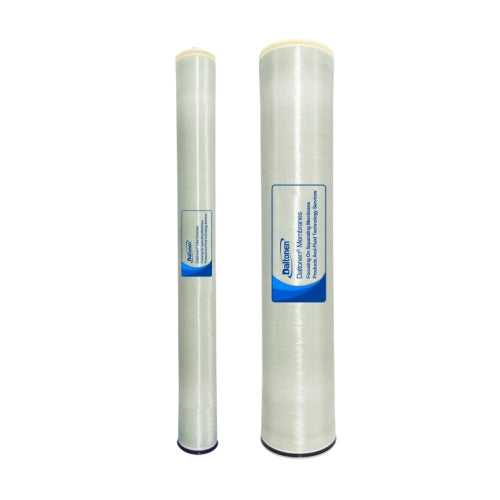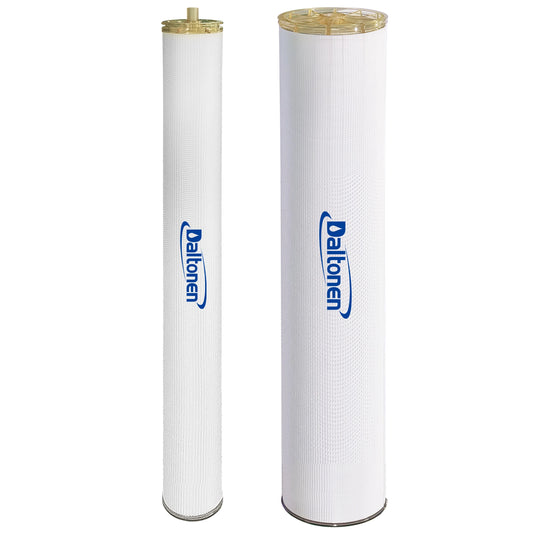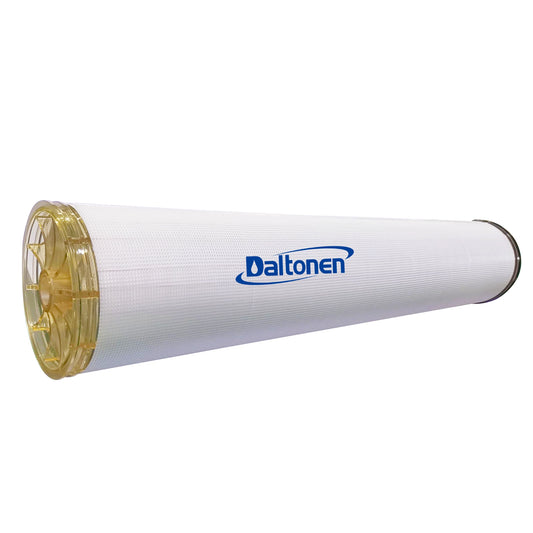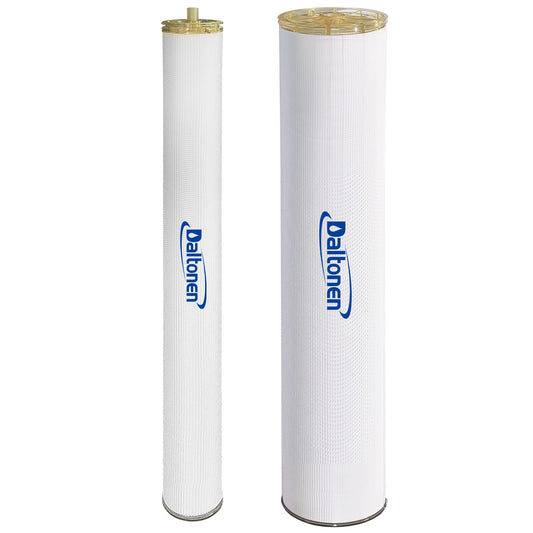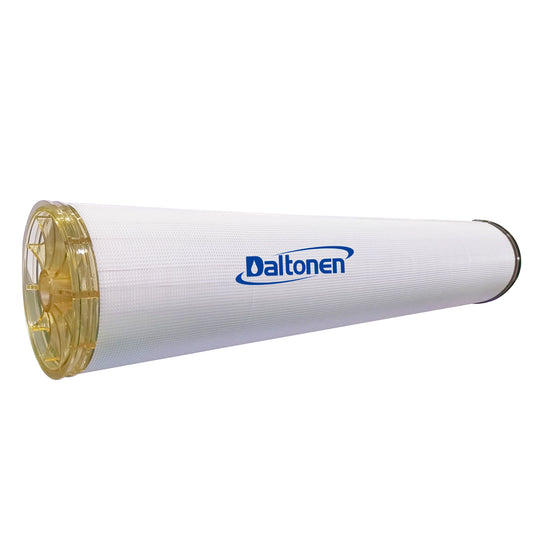Efficient Desalination Process Design Scheme for Municipal Water Supply
27 Jun 2025
Overview of the Efficient Desalination Process for Municipal Water Supply
The following system design is for an efficient desalination process for municipal water supply, targeting slightly polluted water sources with TDS levels of 150-500 mg/L, such as reservoir water and shallow groundwater. The design employs the technology route of "quality-based treatment - targeted desalination - zero-discharge reuse" to achieve a product water quality of ≤50 mg/L (exceeding the national standard GB 5749-2022), a recovery rate of ≥95%, and an energy consumption of ≤0.5 kWh per ton of water. This scheme is applicable to municipal water plants with a scale of 50,000-100,000 m³/d.
Process Flow Diagram
graph TB
A[Water Source] --> B1[Pre-treatment Intelligent Grading]
B1 --Low Conductivity Water--> C1[Submerged Ultrafiltration (UF)]
B1 --High Conductivity Water--> C2[Selective Electrodialysis (ED)]
C1 --> D[Nanofiltration (NF) Salt Separation]
C2 --> D
D --> E[Reverse Osmosis (RO) Fine Desalination]
E --> F[Quality Adjustment and Disinfection]
subgraph **Zero-Discharge Loop**
D --> G1[ED Concentrate]
E --> G2[RO Brine]
G1 & G2 --> H[Vibration Membrane Crystallization (VMD)]
H --> I[Crystallized Salt Resource Recovery]
end
Innovative Design of Core Units
1. Pre-treatment Intelligent Grading System
| Component | Function & Parameters |
|---|---|
| Online Water Quality Sentinel | Real-time monitoring of TDS/hardness/COD, grading thresholds: |
| Vortex Micron Sand Reactor | Enhanced coagulation with magnetic powder (Fe₃O₄@SiO₂), SS removal rate > 99%, reduced settling time to 8 minutes |
| Self-cleaning Precision Filter | 20 μm disc type, extended backwashing cycle to 72 hours (conventional 48 hours) |
2. Targeted Desalination Combined Process
| Process Section | Technical Highlights | Performance Advantages |
|---|---|---|
| Selective Electrodialysis (ED) | - Monovalent ion selective membrane (Neosepta ACS) |
Removal efficiency of monovalent ions (Na⁺/Cl⁻) > 80%, energy consumption 0.15 kWh/m³ (1/3 of RO) |
| Nanofiltration Salt Separation System (NF270) | - Operating pressure 4-6 bar, recovery rate 85% |
Divalent salt retention rate > 95%, permeate TDS reduced to 80-100 mg/L |
| Reverse Osmosis Fine Desalination (XLE-440) | - Ultra-low pressure membrane, operating pressure 3-5 bar |
Desalination rate 99.5%, energy consumption per ton of water 0.28 kWh |
3. Brine Zero-Discharge Module
| Technology | Implementation Path | Resource Recovery |
|---|---|---|
| Vibration Membrane Distillation (VMD) | Hydrophobic membrane (PTFE) + 40 kHz ultrasonic anti-scaling | Concentrate brine to TDS > 250 g/L |
| Centrifugal Spray Crystallization | Hot air temperature 180°C, centrifugal speed 15,000 rpm | Produce industrial-grade NaCl (purity > 98.5%) |
| Condensate Reuse | Steam condensate returned to raw water tank | Recovery rate > 95% |
Key Operating Parameters and Water Quality Improvement
| Indicator | Raw Water | ED/NF Effluent | RO Product Water | Removal Rate |
|---|---|---|---|---|
| TDS (mg/L) | 350 | 90 | 25 | 92.9% |
| Hardness (mg/L) | 180 | 12 | 2 | 98.9% |
| Cl⁻ (mg/L) | 85 | 15 | 5 | 94.1% |
| SO₄²⁻ (mg/L) | 75 | <5 | <1 | >98% |
| Boron (μg/L) | 450 | 120 | <20 | 95.6% |
| Energy Consumption per Ton of Water (kWh) | - | 0.15 | 0.28 | Total 0.43 |
| Recovery Rate Guarantee: System total recovery rate ≥ 95% (ED recovery rate 93%, RO recovery rate 85%, VMD recovery rate 98%) |
Intelligent Control System
# Desalination System AI Optimization Algorithm
def ai_optimizer():
if sensor.TDS > 300: # High-salinity mode
activate_ED(current_density=8mA/cm²) # Activate electrodialysis
set_NF_pressure(5.0bar) # Increase nanofiltration pressure
elif sensor.TOC > 2.0: # Organic matter alert
activate_carbon_bypass(flow=15%) # Emergency activated carbon bypass
reduce_RO_recovery(to=75%) # Reduce RO recovery rate to prevent fouling
# Crystallizer self-regulation
if crystallizer.salt_purity < 97%:
increase_VMD_temp(ΔT=5℃) # Increase temperature for purification
adjust_spray_rpm(+500rpm) # Increase centrifugal speed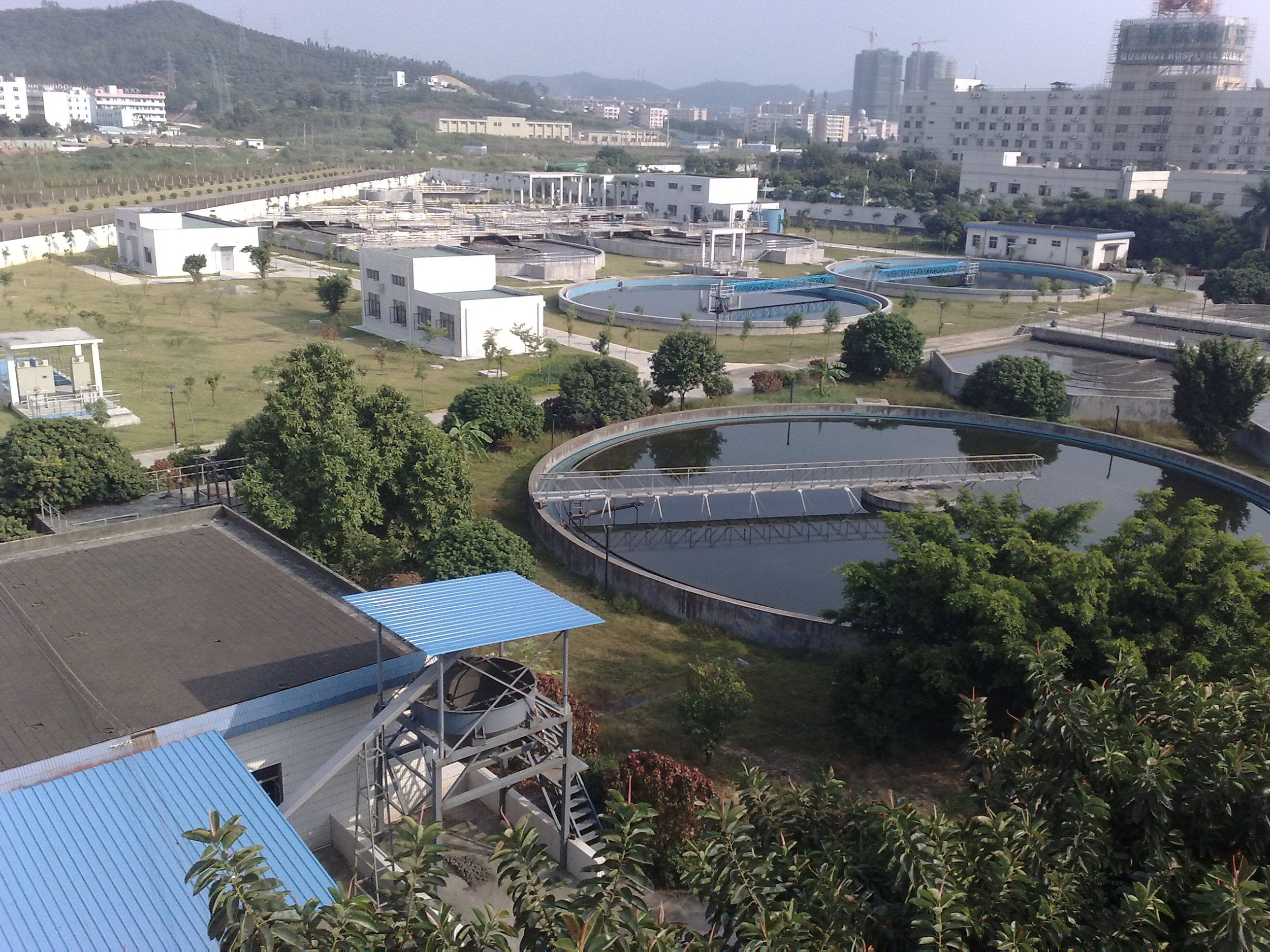
Investment and Operating Costs (50,000 m³/d Scale)
| Item | Cost | Notes |
|---|---|---|
| Total Equipment Investment | 125 million yuan | Includes intelligent grading system, ED membrane stack, VMD crystallizer |
| - ED Membrane System Proportion | 38 million yuan | Membrane lifespan 8 years |
| Operating Cost per Ton of Water | 0.68 yuan | |
| - Electricity: 0.21 yuan (electricity price 0.6 yuan/kWh) | ||
| - Chemicals: 0.15 yuan | ||
| - Maintenance: 0.32 yuan | ||
| Resource Recovery Revenue | Annual income 5.4 million yuan | |
| - Crystallized salt (12,000 tons/year × 450 yuan/ton) | ||
| Advantages Compared to Traditional RO Process: | ||
| - Energy savings 58% (energy consumption per ton of water from 1.0 → 0.43 kWh) | ||
| - Reduced chemical cleaning frequency by 70% (membrane lifespan extended to 7 years) | ||
| - Brine discharge reduced by 99% (from 5% concentrate to 0.1% crystallized solid waste) |
Three Phases of Engineering Implementation
1. Retrofit Adaptation Period (3 months)
gantt
title Retrofit Progress Control
section Facility Integration
Demolition of old sand filter: done, 2023-09-01, 20d
Installation of ED membrane rack: active, 2023-09-21, 35d
section Pipeline Reconstruction
Stainless steel pipeline welding: 2023-10-01, 40d
Control system layout: 2023-10-20, 45d2. Commissioning and Operation Period (Key Milestones)
-
ED membrane stack activation: Pass 0.1 mol/L NaCl solution for 24 hours
-
Flux ramp-up test: Gradually increase ED current density (5 → 8 → 12 mA/cm²)
-
Brine crystallization verification: Continuous 72-hour operation to confirm salt purity > 98%
3. Intelligent Operation and Maintenance System
| Module | Technical Means | Objective |
|---|---|---|
| Fouling Warning | Membrane surface micro-pressure sensor (accuracy 0.01 bar) | Early warning of fouling 4 hours in advance |
| Digital Twin | 3D water plant model + real-time data mapping | Fault diagnosis response < 10 minutes |
| Cloud-based Maintenance | AR remote-assisted maintenance system | Non-shutdown maintenance > 85% |
Summary of Core Innovations
-
Graded Desalination Strategy
-
Low-salinity water (TDS < 200 μS/cm) passes through UF + NF directly (skipping ED step)
-
High-salinity water undergoes ED for prior chloride removal → NF for sulfate retention → RO for fine purification
-
-
Energy Circulation Ecology
-
RO brine pressure → energy recovery → ED power supply
-
VMD steam residual heat → preheat raw water
-
Crystallizer centrifugal kinetic energy → self-power generation compensation
-
-
Added Value of Crystallized Products
-
Differential crystallization produces NaCl (industrial grade) + CaSO₄·2H₂O (food-grade gypsum)
-
For high-boron water sources (>0.5 mg/L), boracic acid (H₃BO₃ purity 99%) can be separated
-
Extended Applicability: This process is compatible with seawater desalination pretreatment (TDS ≤ 1000 mg/L). By enhancing the ED module (using CIMS membrane stack), the system recovery rate can be increased to 98%. It is recommended to build a "Smart Water Information Platform" to achieve dynamic pressure matching with urban water supply networks (DDN system interface should be reserved).
Tags:
